Inside a Sound Powered Element
Balanced Armature
Simplified Balanced
Armature
Element
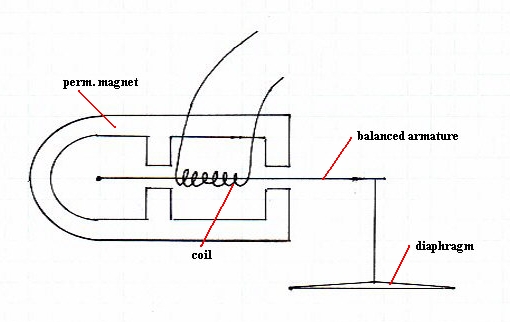
Each element is different in construction,
but
the
basic idea is the same.
Inside the RCA Sound
Powered
Element (handset)
Handset MI-2040-A
These are very similar to the old style
"Big
Can" headsets also
In the view below you can see the armature
balanced
between the two magnets.
It is a thin flat sheet trapped (in this case)
between
two adjustment nuts.
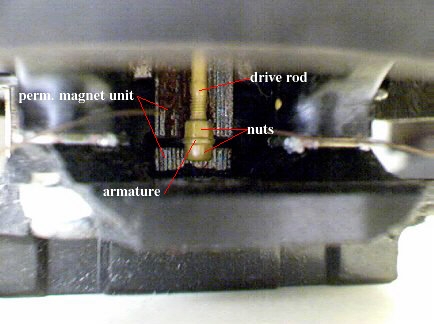
Note: The label "perm. magnet unit" is not
pointing
to the magnet itself, but instead
to the laminated plates that bring the
magnetic
field
into play with the armature.
It is part of the "perm magnet unit".
That armature should be centered evenly
between
the
two magnets units.
If it is not, the element will loose
performance.
Below is the diaphragm (large yellow object). It is
connected to
the drive rod,
which is connected to the armature.

The RCA "mic" Element
Dissassymbled
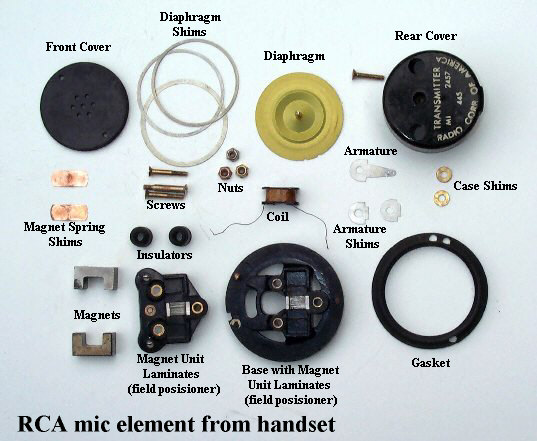
Inside the Western
Electric
Sound
Powered Element
D-173012(mic), D173014(ear) the same.

Note that unlike the above RCA unit, the Western Electric
unit
does
not have
nuts for adjustment. The mass of the drive rod is much smaller
also.
Tips
The following is a "Tip" from John Hz on centering the
armature
on Western Electric
elements for better performance. John just finished up a
headset
using these elements.
There are two screws inside. The diaphragm is connected via
a rod
to the armature. The
armature was all the way down, touching the lower magnet pole,
so
I loosened the two screws
and shimmed the flap off the magnet poles with paper, then
tightened
the screws.
Thanks John!
Note:
1) Extreme caution must be taken when
working
with any balanced
armature element.
They
are
very vulnerable to dirt and metal particles
that might enter in
while
working
on them. They are very delicate also,
and will not take
very
much
abuse
2) "Tinkering" with the spacing till
it is
centered
yields more sensitivity
Inside the United
States
Instruments
(USI)
Sound Powered Element
(ear)
UA1614-3
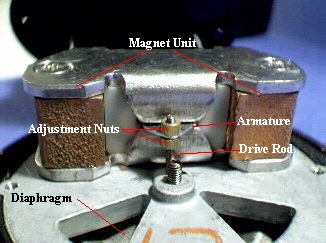
Looks very close to the Western
Electric
element.
Biggest difference is the USI elements
have
adjustment nuts where the WE's do not.
Also the diaphragm is much different.
There are a couple different version,
but
they are all very close.
The USI "mic" Element
Dissassymbled

If you've gone this far, you've gone too far!!!
Inside the DLR
No
5
S

The DLR5's are a British military headphone. They are very
hard
to
"center" the armature on,
almost the same as the Automatic Electric. The magnets and
interior
are a little cruder made than most,
but are real performers.
Inside the Canadian
RCA Sound Powered
Element
(handset)
MI-22151-E & MI-22151-A
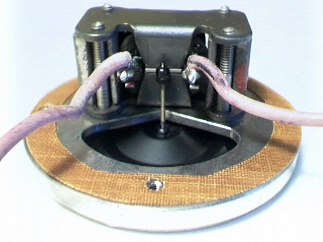
The Canadian RCA element is almost exactly the same as the
Stromberg
Carlson
handset element. As a matter of fact the magnets are
interchangable.
The Canadian
version has more in common with the Stromberg Carlson than
they
do with the American
RCA's. Even the housing that holds the elements are almost
exactly
the same as the
Stromberg Carlsons. RCA must have at some time acquired the
rights
of Stromberg Carlson.
Inside the RCA
Electric
Sound
Powered Element
This is from a headset of the newer type
MI-2454-B.
Much smaller in size than the "Big Can"
type
headsets

Inside the Automatic
Electric
Sound Powered Element
From a set of "decktalker" type headset.
element model GD-51002-B
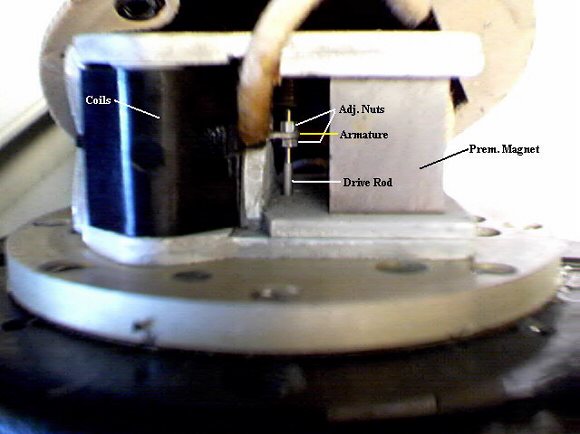
This element is built very massive in the "frame", but the
drive
rod
and armature are very delicate. Much more delicate than the
RCA
elements and much
closer to the Western Electric elements.
Inside the Stromberg
Carlson
Sound Powered Element
UA1611-1, UA1611-1
also very simular to Telephonic 14070-2
and
Dynalec UA1611-1, UA1611-2
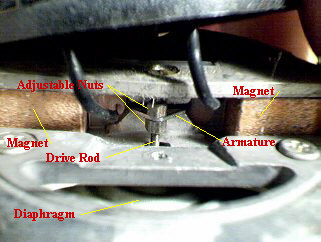
There are small differences between the Stromberg Carlson
elements
and the
Telephonic or Dynalec elements. The Stromberg Carlson seem to
be
made with a little
more quality then the other two. Mainly in the coil and
magnets.
The Diaphragm is much
more flat that most other balanced armature elements.
Very easy to adjust because the adjusting nuts are out in the
open.
Inside the Shure
Element
(ear)
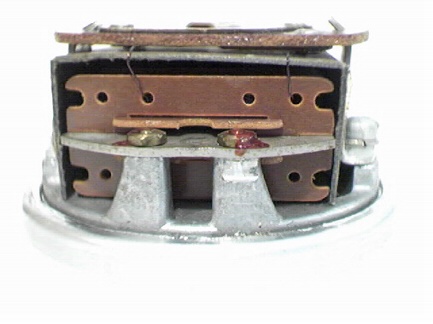

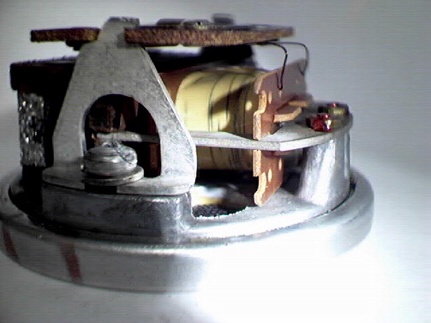
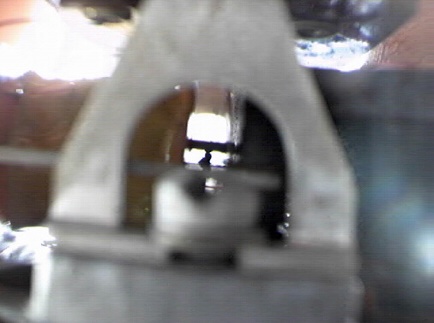
The RCA Balanced
Armature
100B
Loud Speaker Unit

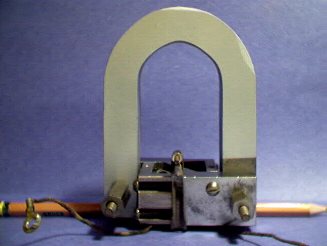
Stand about 4" tall !!!
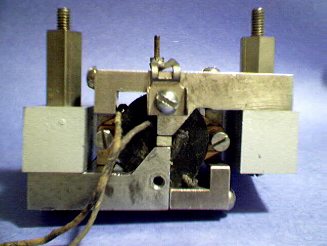
This is a RCA 100B Loud Speaker (I
wouldn't
call it loud by todays standards)
It is an early 1900's speaker. Some of
the
early units were Balanced Armature units.
Not Sound Powered, but I thought you
might
like to see it.
Very Large (compared to the Sound
Powered
elements).
Inside the British
Telephone
Sound Powered Element
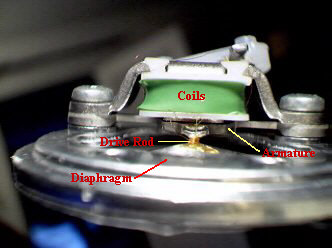
I believe this element came from a British telephone unit.
It is a balanced armature unit.

